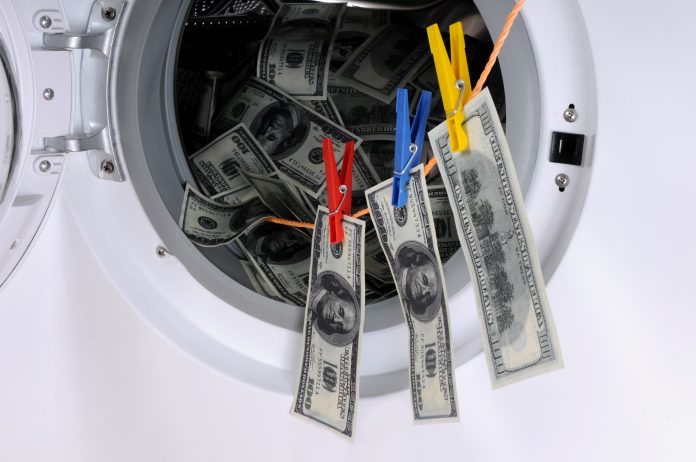Maria Nizzero, Research Editor at Dow Jones Risk & Compliance, gives their opinion on the real impact of the FinCEN Files
Four years on from the Panama Papers, the global financial industry is once again under the spotlight after a number of leaked documents obtained by BuzzFeed News and an investigation by the International Consortium of Investigative Journalist (ICIJ) uncovered that years of transactions handled by some of the world’s largest banks had links to money laundering, corruption and fraud.
The financial tumble
The FinCEN files have sent banking stock tumbling, with global bank shares reporting drops of up to 8% on September 21, 2020, and have sparked debate over the role of banks in the fight against money laundering. The outrage is justified: money laundering is a heinous crime that is the product of other criminal activities, from drug trafficking and terrorism financing to modern slavery. It seems that, despite all the efforts to crack down on financial crime, there will always be bad actors attempting to move illicit funds through the banking system.
However, the mainstream media narrative that banks are “serving oligarchs, criminals, and terrorists” may not be entirely accurate: the reports show that suspicious activity is, in fact, being flagged and that banks are doing what they are required to by law. While amendments in regulations should expedite the process of reporting and subsequent action on suspicious transactions, these files expose fundamental flaws in the regulatory system itself, rather than exclusive wrongdoings by banks, for three main reasons.
3 reasons why the system is flawed
First, financial institutions must file Suspicious Activity Reports (SARs) on any transaction that appears suspicious. However, these are not real evidence of criminal conduct, but rather a snapshot of the information the institution has at the time of the transaction, which should then be followed by proper investigation. Second, the FinCEN files represent less than 0.02% of all the SARs filed in the period they cover. Which means, they are an infinitesimally small sample of what really happens behind the curtains of the banking system. An analysis of the SAR Filing trends shows almost 29 million filed SARs over a five-year period, with a steady growth each year. While the suspicious transactions identified by the ICIJ highlighted high-profile cases, it is hard not to wonder whether these transactions may have been cherry-picked. Finally, according to a recent U.S. Government Accountability Office (GAO) report, FinCEN may lack the policies, tools, and procedures it needs to adequately respond to the reports it receives. This does not come as a surprise: looking at the numbers, it took one year for BuzzFeed and the ICIJ to analyse 2,000 transactions: imagine 300 FinCEN employees analysing millions of transactions every year.
If anything, a more comprehensive look at the SARs shows us that suspicious activity is actually being flagged. Increasing numbers of reports indicate that financial institutions are becoming better at identifying suspected financial criminal activity which is, by its nature, already complex and difficult to detect. But flagging suspicious activity is not enough: criminal activity is only prosecuted as a result of careful evidence gathering only after a SAR has been filed. This is a window of opportunity for FinCEN to develop better policies that would ensure better action on the SARs it receives.
Are banks innocent?
This does not mean letting financial institutions off the hook completely. The ICIJ report exposes serious flaws in the way the SARs are filed, which need to be addressed. The first is response time: for the reports filed, the median time lag was 166 days from the time a suspicious transaction took place, and when it was flagged to FinCEN. Additionally, the information provided in the SARs was often inconclusive. This issue had already been raised by the Department of the Treasury in 2018, as they found inconsistencies in how filers report certain critical data fields, including the suspicious activity description, which often did not meet FinCEN’s standards.
Even so, it would not be fair to point the finger exclusively at financial institutions for doing what they are required by law to do and not taking additional action. By focusing solely on the institutions, rather than looking at the system as a whole, we run the risk of having even more SARs filed purely to tick the regulatory box.
The FinCEN files, a small sample of a bigger issue, should be taken with a pinch of salt. They offer an opportunity for financial institutions and regulators to analyse the job done so far in the fight against financial crime, and recognise that the system requires necessary amendments that would help put a stop to this incredibly elusive criminal activity. The leak could facilitate real reform that would promote stronger collaboration between the banking industry and financial authorities. Banks should continue to invest in strengthening their operational risk controls; at the same time, financial authorities need to develop better processes to respond to, and investigate the suspicious activity that the private sector is reporting.











